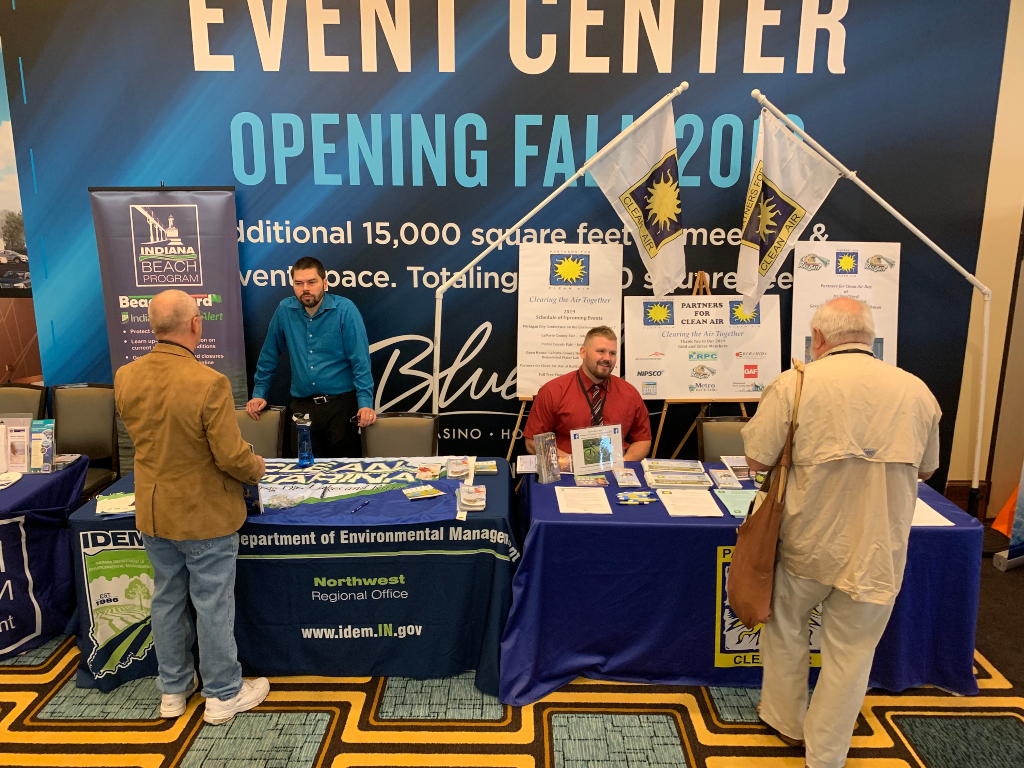In 1998, the Northwestern Indiana Regional Planning Commission established the Partners for Clean Air program after they were selected to be 1 of 14 demonstration communities to conduct outdoor air quality public education. In 2005, the program was transferred over to the Indiana Department of Environmental Management.
Partners for Clean Air is a coalition of Northwest Indiana businesses, local governments, and individuals that are committed to reducing harmful air pollutants through Air Quality Action Plans. Additionally, Partners for Clean Air provides members with up-to-date information about regional air quality issues. There are four membership levels that are available on an annual basis — Gold, Silver, Bronze, and Green. Each level has different commitments and benefits. All members, regardless of level, are responsible for developing and implementing an Air Quality Action plan during Air Quality Action Days.
While the Indiana Department of Environmental Management coordinates and runs Partners for Clean Air, the Northwestern Indiana Regional Planning Commission distributes outreach and education materials to Northwest Indiana cities and South Shore Clean Cities manages the social media accounts, develops marketing materials, and coordinates press releases.
To expand community involvement and overall awareness, Partners for Clean Air hosts events at various venues, such as sporting events and county fairs. They distribute flyers, tip sheets, pens, bags, and brochures. To increase engagement with younger generations, Partners for Clean Air runs an annual scholarship program for outstanding students.
Funding
In 2021, the Northwest Indiana Partners for Clean Air program had a budget of $35,000. The program acquires most of its funding through membership fees; gold level members contribute a minimum of $2,000 and silver members contribute a minimum of $1,000 annually. In 2020, the program had eight gold-level members and three silver-level members.
Additionally, the Northwestern Indiana Regional Planning Commission covers 80 percent of the cost of outreach and promotional materials purchased by Partners for Clean Air; this is done through grant funding given to the Northwestern Indiana Regional Planning Commission from the United States Department of Energy.
Timeline
The Northwest Partners for Clean Air program was developed in the 1998 and remains active today.



